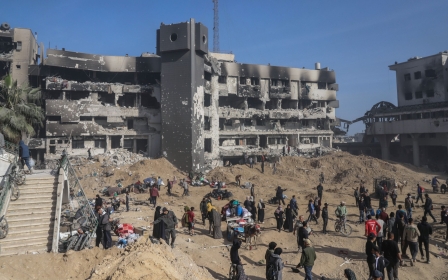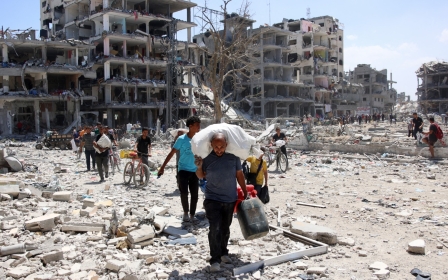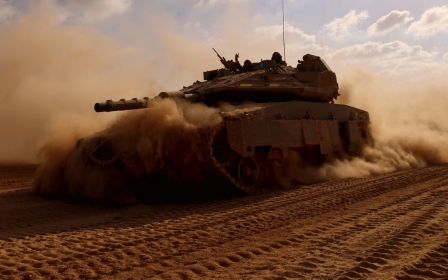
In pictures: Israeli forces lay waste to Gaza's Jabalia refugee camp
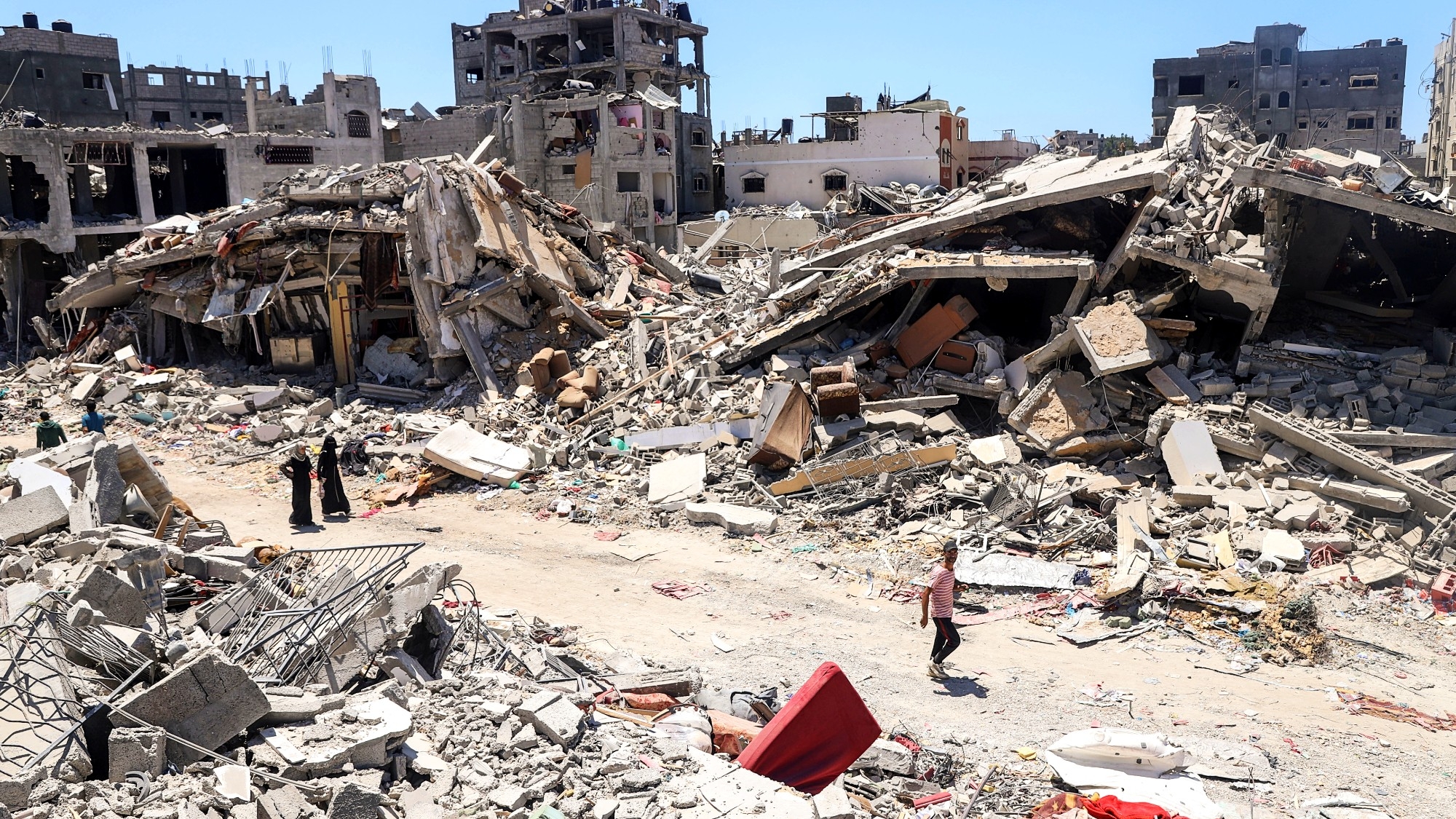
Under the cover of aerial bombardment, Israeli forces launched a widescale incursion into Jabalia refugee camp in northern Gaza in early May, months after saying the area had been cleared.
After nearly three weeks of siege and bombing, the historic camp for Palestinian refugees is now uninhabitable.
Residents returned on Friday following the withdrawal of Israeli forces and were shocked by the apocalyptic scenes they witnessed.
All photos in this gallery were taken by Enas Rami.
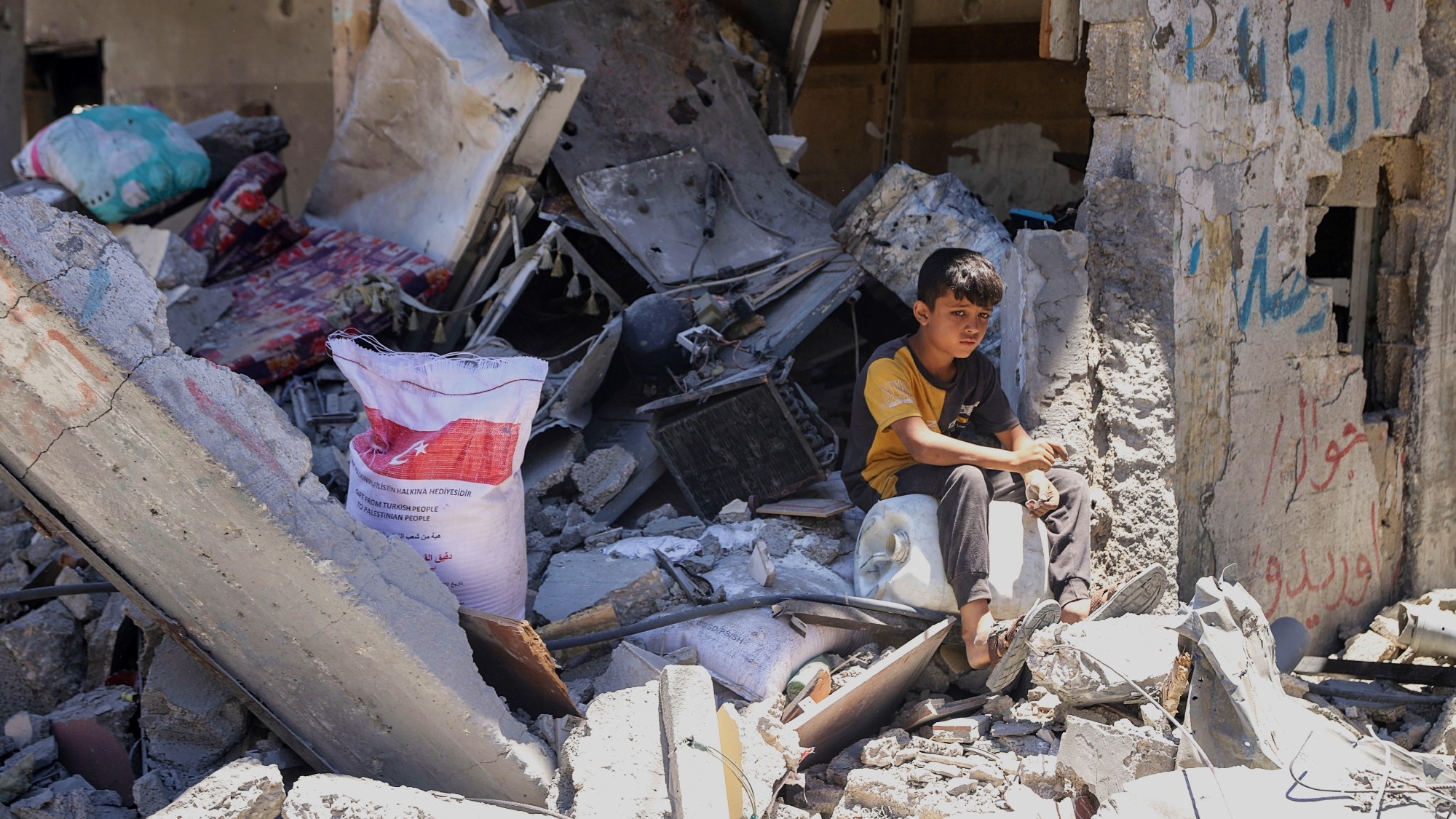
Israeli forces damaged nearly everything in the Jabalia refugee camp during the operation, eyewitnesses told Middle East Eye.
Entire neighbourhoods have been wiped out and most homes are now gone, they said.
Mahmoud Basal, the spokesperson for the Palestinian Civil Defence, said initial estimates suggest around 1,000 houses have been destroyed.
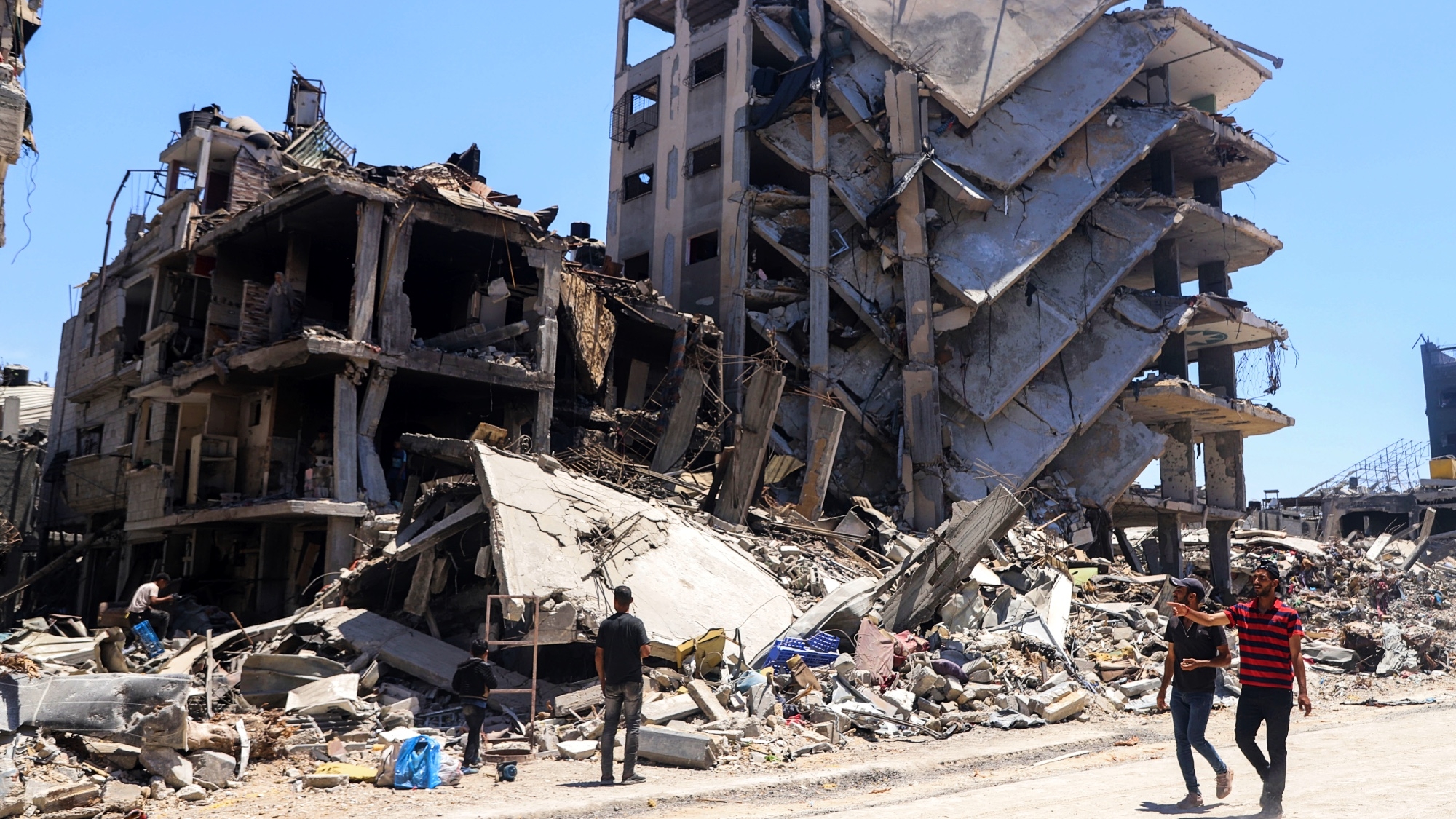
Major landmarks were completely altered, making the camp unrecognisable to its residents.
A once-bustling open market was flattened, with many shops bombed.
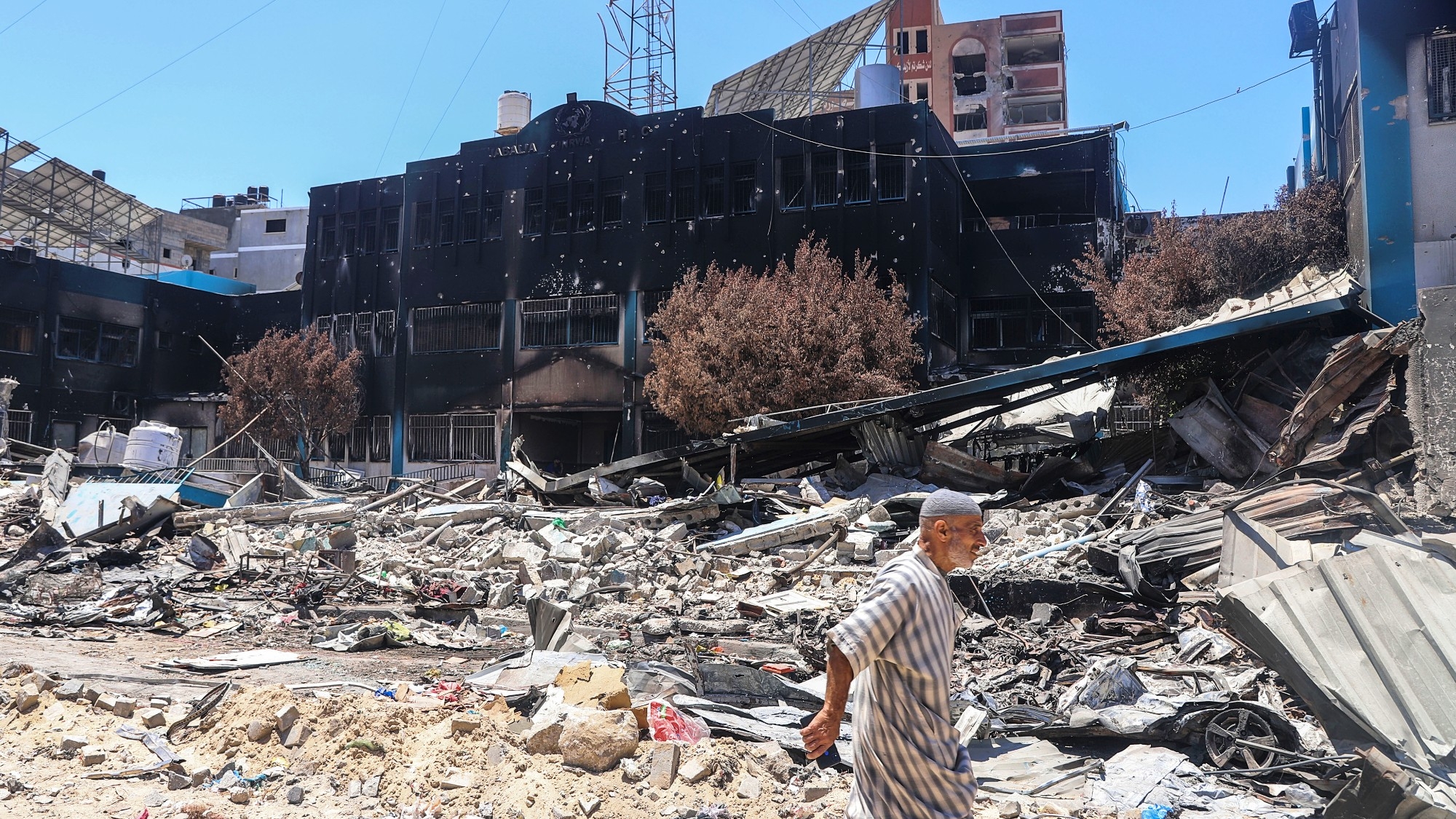
Residents say nothing was spared in the attack, including two hospitals that were raided and rendered nonfunctional, as well as a vital UN clinic serving thousands of people.
The clinic, pictured above, was torched by Israeli forces.
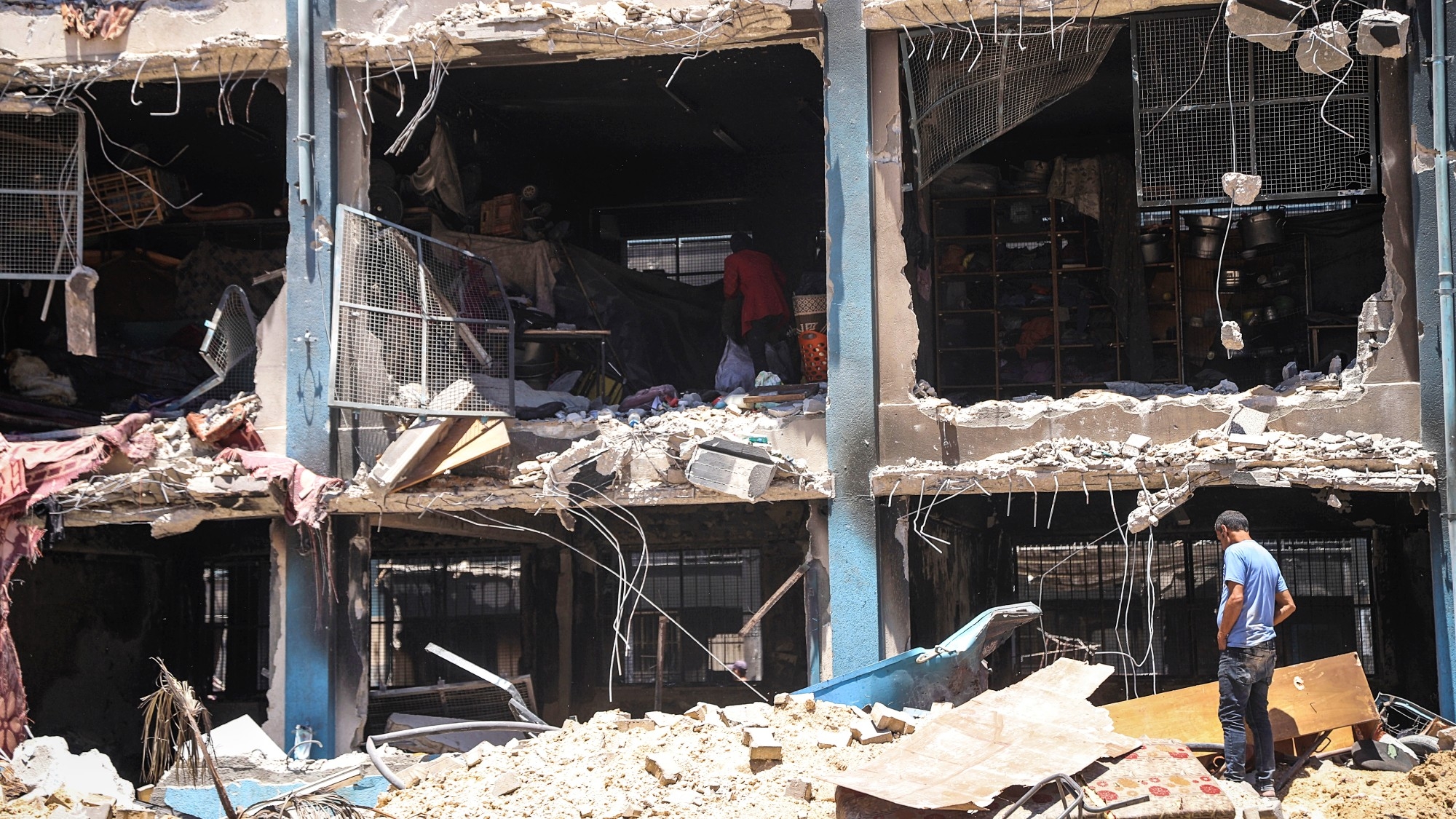
Other UN facilities were also targeted, including schools-turned-shelters.
Unrwa reported receiving "horrific reports" that displaced people, including children, were killed and wounded while sheltering in a UN school besieged by Israeli tanks.
Tents housing people at the school were "set on fire" by Israeli forces, the agency added.

The Fallujah cemetery, one of the main graveyards in northern Gaza, was also razed.
Some bodies were exhumed from the site, according to local reports.

During the attack, the Palestinian civil defence search-and-rescue group said it received dozens of calls daily asking it to recover dead people and rescue the wounded.
However, the intensity of the bombing left them unable to access most areas. A death toll is not yet available, but rescue workers fear it will be high.
On Friday, first responders reached some areas in the camp for the first time in days and began recovering some of the corpses.
According to local reports, 70 bodies were found in the first few hours, including children. --
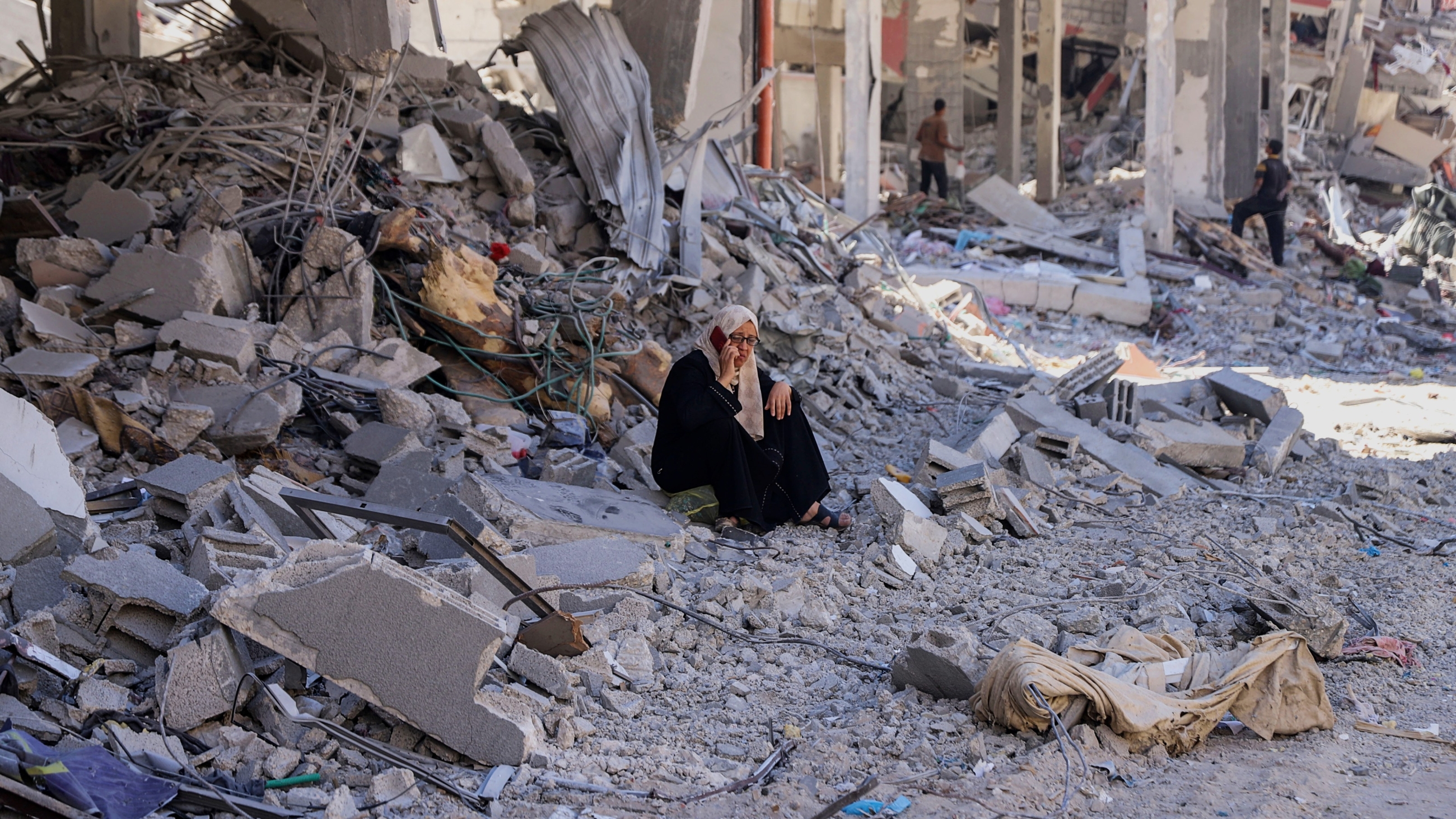
The destruction shocked residents who returned Friday to assess the damage.
They say the camp is now a disaster area, no longer suitable for human habitation.
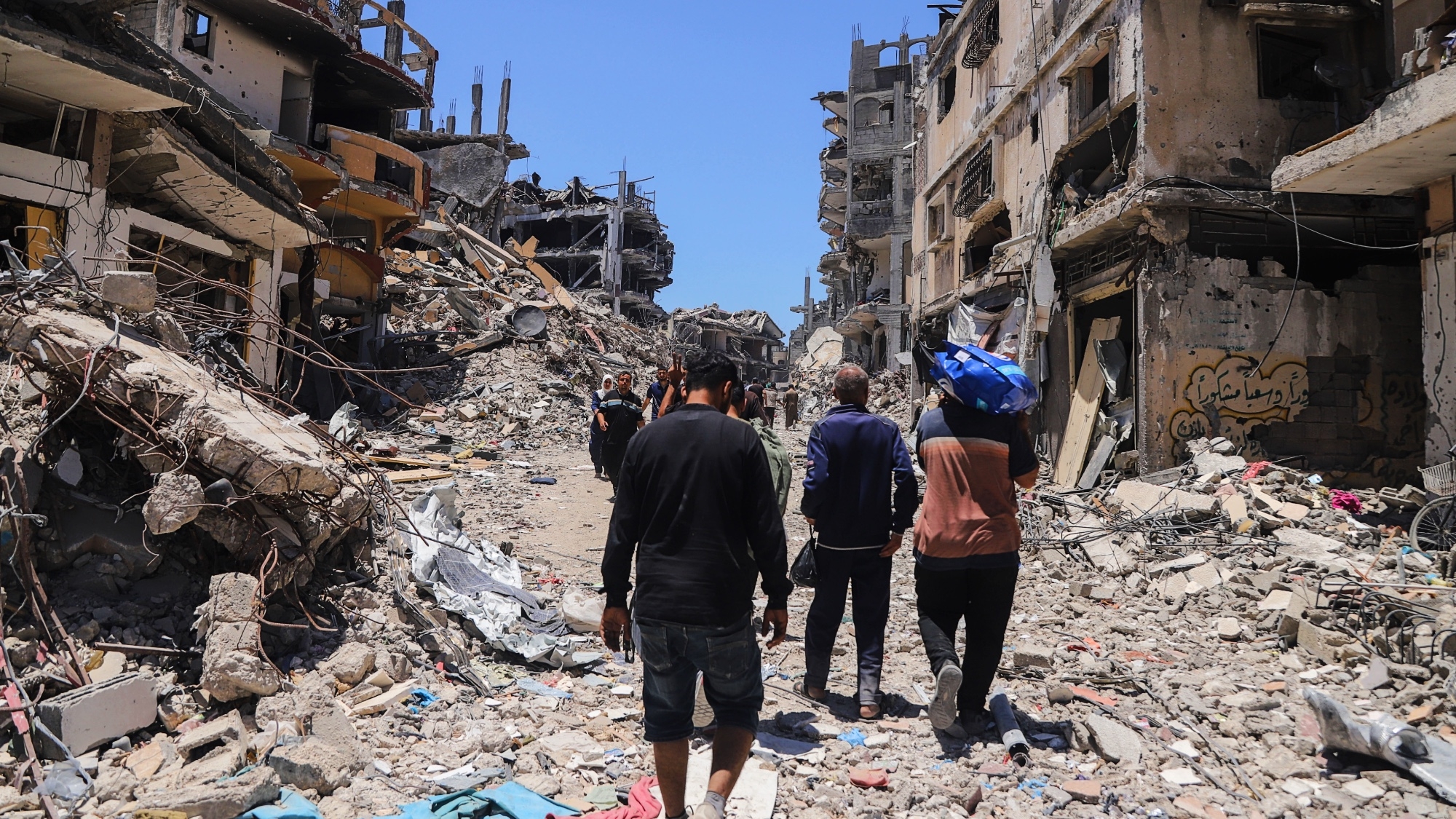
But despite everything, many families are choosing to return and live in the camp for as long as they can.
“What can I do? Nothing is in my hands,” Ibrahim Rabaa, a resident of the camp, told MEE.
“All praise is due to God. We will remain steadfast and recite [the Quranic verse] 'with hardship comes ease'. I’ve entrusted my affairs to God.”
Middle East Eye delivers independent and unrivalled coverage and analysis of the Middle East, North Africa and beyond. To learn more about republishing this content and the associated fees, please fill out this form. More about MEE can be found here.


